Wednesday, May 19th through Saturday, May 22nd!
*If you cannot view the full table please access it on your desktop
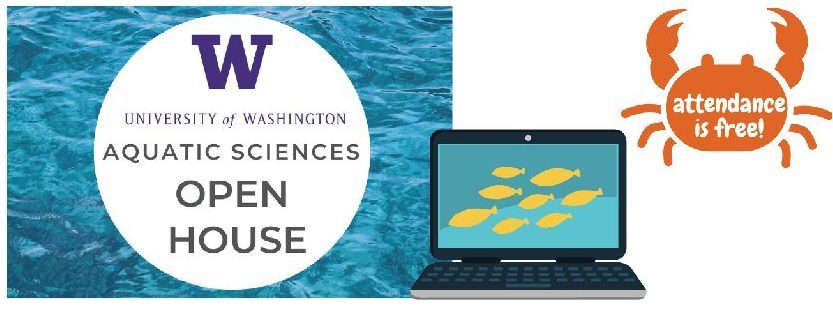
| Day | Time (PST) | Host | Activity |
| Every | Ongoing | Roberts Lab | All About Oysters! |
| Every | Ongoing | MESA | Oceanography Careers with Raffle Prize! Play the game as many times as you’d like and enter to win a raffle prize of $25 Amazon gift card! https://sites.google.com/uw.edu/oceanography-careers/home |
| Every | Ongoing | School of Aquatic and Fishery Sciences/Helena McMonagle | Dive and Discover Research Cruise Questions and Answers. Ask a scientist at sea questions to be answered post Open House! Submit questions and learn more. Check out the Dive and Discover website for this cruise to find daily updates about the cruise, learn about the technology on board, and more! |
| Every | Ongoing | School of Aquatic and Fishery Science/Helena McMonagle | |
| WEDNESDAY (5/19) | 10:00-11:00 | Foundry 10 | Water Filtration Demonstration |
| 11:00-12:00 | Interdisciplinary Conservation Science Lab | ||
| 12:00-1:00 | Alaska Fisheries Science Center | ||
| 1:00-2:00 | Padilla-Gamino Lab | Coral Bleaching Demonstration | |
| 2:00-3:00 | Padilla-Gamino Lab | Lab Tour with Live Q&A | |
| 3:00-4:00 | Quantitative Ecology and Conservation Labs | Say Cheese! Using Camera Traps to Photograph and Study Wild Animals | |
| THURSDAY (5/20) | 10:00-11:00 | Laidre Lab | Kahoot Game: Adaptations of Arctic Marine Mammals with Q&A |
| 11:00-12:00 | Padilla-Gamino Lab | Coral Bleaching Demonstration | |
| 12:00-1:00 | Quantitative Ecology and Conservation Labs | Say Cheese! Using Camera Traps to Photograph and Study Wild Animals | |
| 1:00-2:00 | Washington Department of Fish and Wildlife | Sea Duck Ecology in the Salish Sea | |
| 2:00-3:00 | Fish Collection Lab | Collection Showing and Q&A | |
| 3:00-4:00 | Foundy10 | Virtual Field Trip | |
| FRIDAY (5/21) | 10:00-11:00 | Hilborn Lab | Go Fish! Exploring Fisheries Management with the Hilborn Lab |
| Zoom Webinar Link | 11:00-12:00 | Scheuerell Lab | Overview of the Salmon Life Cycle and the Conservation Challenges We Face |
| Spanish Interpreter offered | 12:00-1:00 | Padilla-Gamino Lab | Lab Tour with Live Q&A |
| Closed Captioning offered | 1:00-2:00 | Interdisciplinary Conservation Science Lab | |
| 2:00-3:00 | Washington Department of Fish and Wildlife | Sea Duck Ecology in the Salish Sea | |
| 3:00-4:00 | Quantitative Ecology and Conservation Labs | Say Cheese! Using Camera Traps to Photograph and Study Wild Animals | |
| SATURDAY (5/22) | 9:00-10:00 | Washington Department of Fish and Wildlife | Sea Duck Ecology in the Salish Sea |
| Zoom Webinar Link | 10:00-11:00 | Alaska Fisheries Science Center | |
| Spanish Interpreter & Closed Captioning offered | 11:00-12:00 | Scheuerell Lab | Overview of the Salmon Life Cycle and the Conservation Challenges We Face |
Join the SAFS community for the SEAS 2021 Open House! This year’s free virtual Open House offers four days of family-friendly activities to safely celebrate science and research that relates to water. Explore activities created by UW students, staff, faculty, post-docs, and members from partnering organizations!
Students Explore Aquatic Sciences (SEAS) is a volunteer-run outreach program operated by undergraduates, graduate students, and staff in the University of Washington’s School of Aquatic and Fishery Sciences and College of the Environment. We aim to increase access to science for underserved students in the Seattle area.
For more information on how to attend or host an activity, please contact the SEAS Open House Coordinator (seasafs@uw.edu) or find us online and on social media!

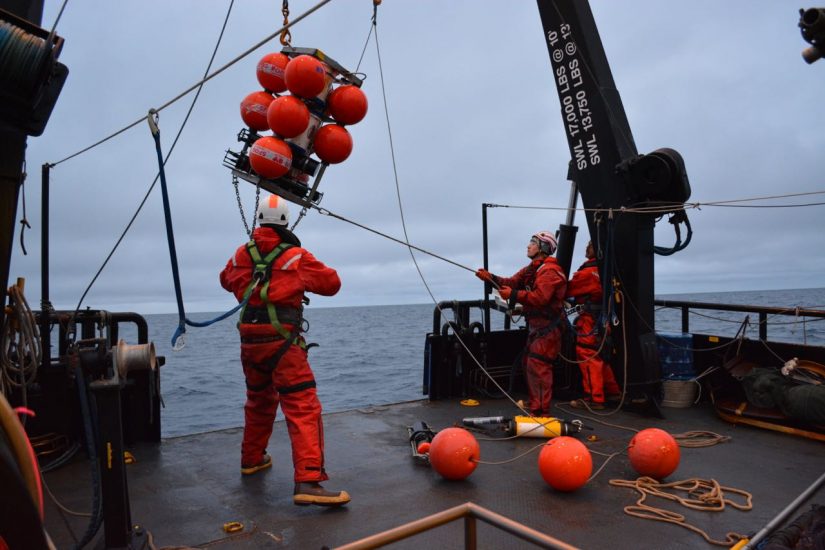

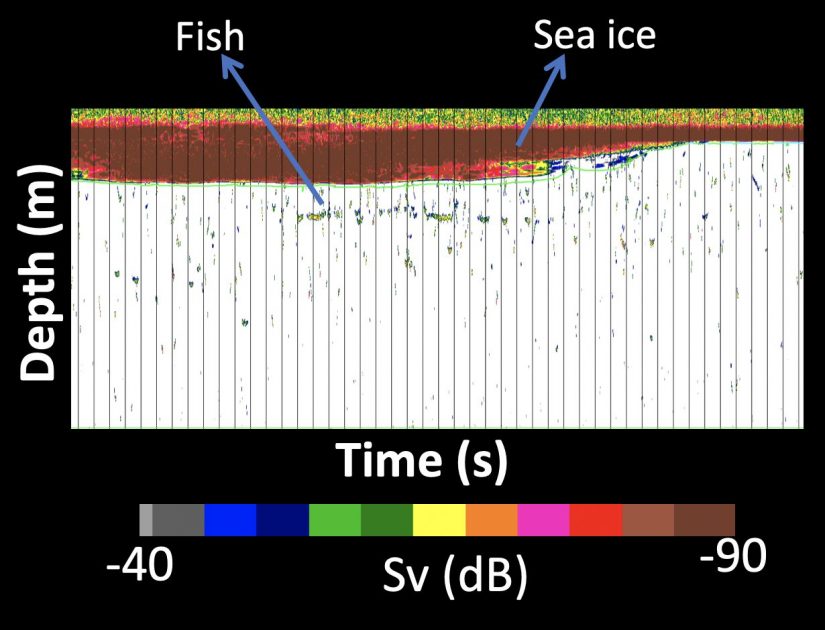

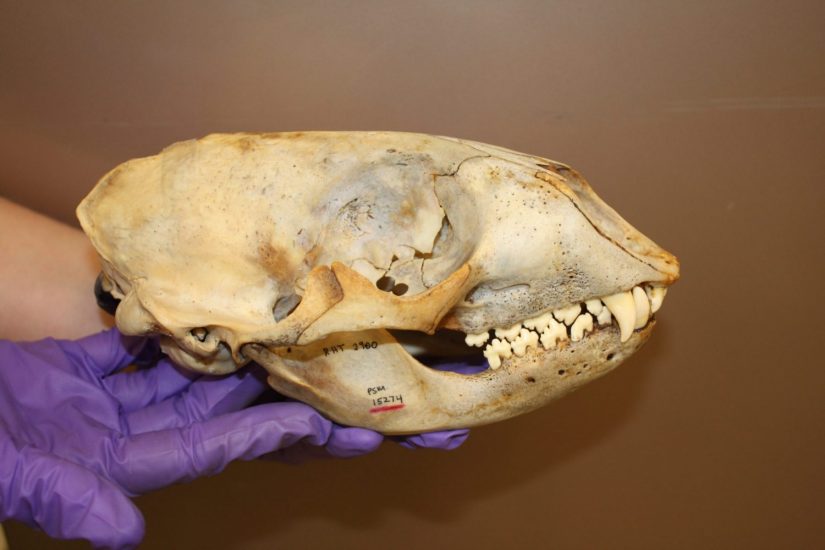
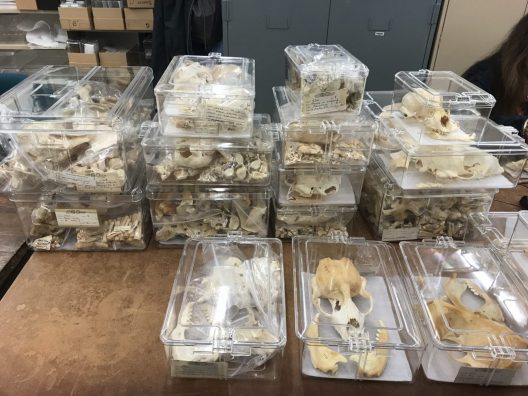
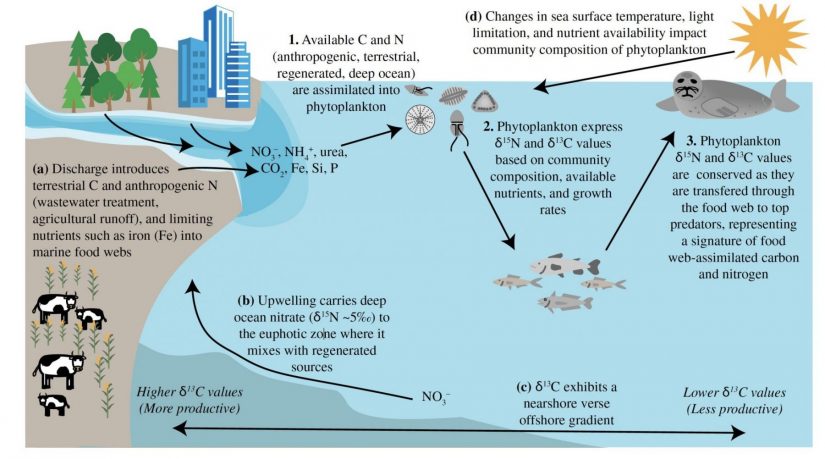






 For on-campus labs, there are spacing and equipment limitations, such as sharing setups and enhanced cleaning requirements to consider. Jon said that he and faculty members work collectively to put together a model of what all these setups could be. Some instructors have even taken to filming their labs so that students can view the experiments from home, further reducing the number of people on campus.
For on-campus labs, there are spacing and equipment limitations, such as sharing setups and enhanced cleaning requirements to consider. Jon said that he and faculty members work collectively to put together a model of what all these setups could be. Some instructors have even taken to filming their labs so that students can view the experiments from home, further reducing the number of people on campus.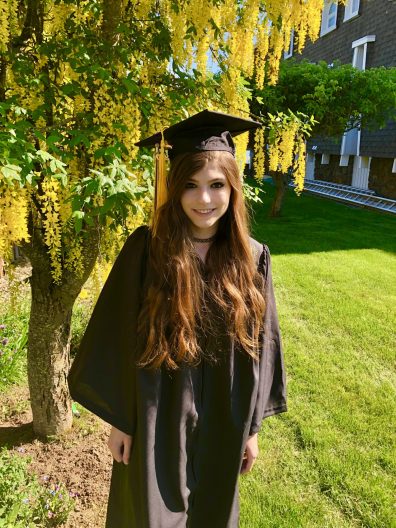
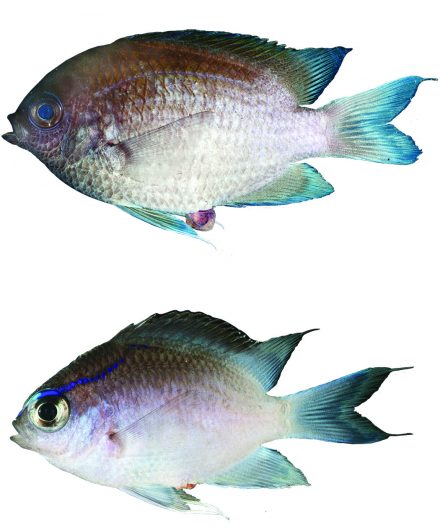
 Caitlin Allen Akselrud (PhD, Branch & Punt) and George Whitehouse (PhD, Essington) won an Editor’s Choice award from the ICES Journal of Marine Science for their paper, “The trade-off between biodiversity and sustainable fish harvest with area-based management.”
Caitlin Allen Akselrud (PhD, Branch & Punt) and George Whitehouse (PhD, Essington) won an Editor’s Choice award from the ICES Journal of Marine Science for their paper, “The trade-off between biodiversity and sustainable fish harvest with area-based management.”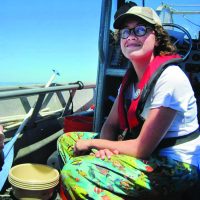 Natalie Lowell (PhD, Hauser) received the Best Poster Award at the 2020 National Shellfish Association meeting.
Natalie Lowell (PhD, Hauser) received the Best Poster Award at the 2020 National Shellfish Association meeting. Amanda Warlick (PhD, Converse) was the runner-up for the Best Student Presentation Award at the International Statistical Ecology Conference. Amanda also netted the Pauley Award for the Best Student Presentation at the 2020 Washington Cooperative Fish and Wildlife Research Unit Student Symposium.
Amanda Warlick (PhD, Converse) was the runner-up for the Best Student Presentation Award at the International Statistical Ecology Conference. Amanda also netted the Pauley Award for the Best Student Presentation at the 2020 Washington Cooperative Fish and Wildlife Research Unit Student Symposium. Staci Amburgey is the inaugural recipient of the SAFS Diversity, Equity, Inclusion and Justice (DEIJ) and Community Service Recognition Award.
Staci Amburgey is the inaugural recipient of the SAFS Diversity, Equity, Inclusion and Justice (DEIJ) and Community Service Recognition Award. Julian Olden was elected as a Fellow of the American Fisheries Society. Julian was also recognized on the 2020 Highly Cited Researchers list (top 1% by citations by field and year) by Clarivate.
Julian Olden was elected as a Fellow of the American Fisheries Society. Julian was also recognized on the 2020 Highly Cited Researchers list (top 1% by citations by field and year) by Clarivate.